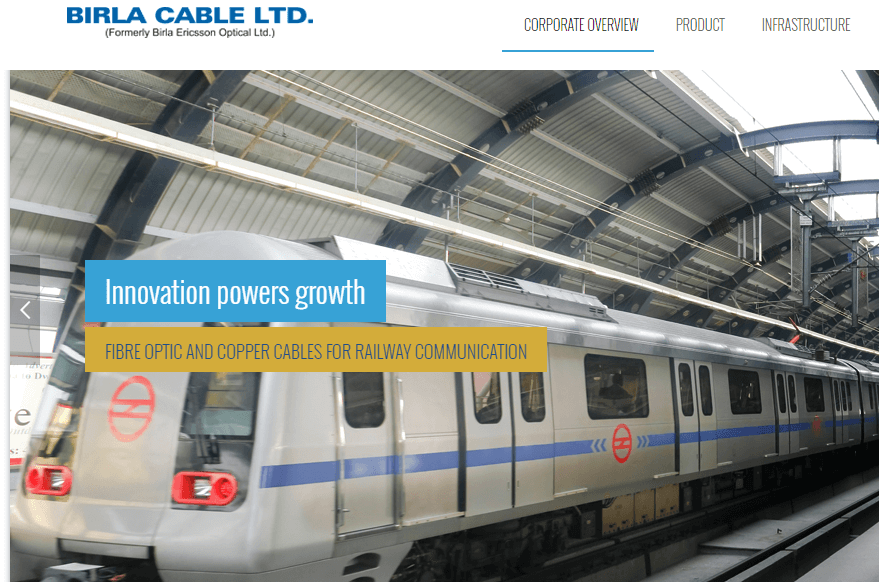Hindu Editorial Analysis : 6-February-2025
India’s maritime industry has shown potential but faces numerous challenges that hinder its growth. Despite significant investments and initiatives, such as the Sagarmala program, which aims to modernize ports and improve logistics, the country’s shipping sector remains stagnant. The Indian fleet has aged, and although improvements have been made, India’s position in global ship ownership has declined from 17th to 19th. Despite these challenges, the Indian government has recently introduced some positive measures like the ₹25,000 crore Maritime Development Fund and infrastructure status for vessels, indicating efforts to revitalize the sector.
The Status of Shipbuilding in India
India’s shipbuilding industry has witnessed some growth. In 2024, it was valued at $1.12 billion, a significant increase from $90 million in 2022. The country boasts 13 major ports and over 200 other ports. There are around 30 shipyards, including both public and private sector players. Notable public-sector shipyards include Cochin Shipyard Ltd. (CSL), Hindustan Shipyard Ltd. (HSL), and Mazagon Dock Shipbuilders Ltd. (MDL), while the private sector features L&T Shipbuilding and Reliance Naval & Engineering Ltd. (RNEL).
Government Initiatives and Support
The Indian government has introduced several initiatives to boost the maritime sector:
- Shipbuilding Financial Assistance Policy (2016-2026): This policy offers subsidies of up to 20% on shipbuilding contracts.
- Sagarmala Programme: Aims to modernize ports and develop coastal shipping.
- Atmanirbhar Bharat: Focuses on indigenous warship production, including aircraft carriers like INS Vikrant.
- Gati Shakti Initiative: Aims to enhance logistics infrastructure and promote shipbuilding-related industries.
Despite these efforts, India needs to develop about 700 commercial ships by 2047 to replace aging fleets.
Why Investment in Shipbuilding is Important
Investing in the shipbuilding sector is crucial for several reasons:
- Economic Growth and Global Market Expansion:
- The shipbuilding sector can drive economic growth by boosting manufacturing, creating jobs, and enhancing industries like steel and electronics.
- India’s rise in global trade can be supported by a strong domestic shipbuilding industry, which will reduce dependency on foreign-built ships.
- Projections show that India’s shipbuilding industry will reach $8 billion by 2033, contributing significantly to the economy.
- Strategic and Defense Preparedness:
- A strong shipbuilding industry is vital for national security, ensuring India has self-reliant defense capabilities, including warships, submarines, and patrol vessels.
- Supporting the Blue Economy:
- A robust shipbuilding sector is essential for the Blue Economy, contributing to industries such as fisheries, marine tourism, and port development.
- It can reduce logistics costs and decongest road and rail networks.
- Renewable and Green Shipping:
- With a focus on sustainable energy, India’s shipbuilding industry must develop low-emission, fuel-efficient vessels to comply with global environmental standards.
- Enhancing Global Supply Chain Integration:
- A competitive shipbuilding industry will enhance India’s position in global supply chains, reducing dependence on East Asian nations and attracting foreign investments.
Key Issues Hindering the Growth of the Shipbuilding Sector
The growth of India’s shipbuilding industry faces several challenges:
- Lack of a Competitive Ecosystem:
- Indian shipyards suffer from long construction times and inconsistent quality. The absence of a well-integrated maritime cluster with suppliers and R&D facilities hurts competitiveness.
- High Capital Costs and Financing Issues:
- Shipbuilding is capital-intensive, and Indian shipbuilders struggle to secure affordable financing compared to their global counterparts.
- Dependence on Imported Materials:
- Indian shipbuilders rely heavily on foreign suppliers for components, increasing costs and supply chain risks.
- Infrastructure Bottlenecks:
- Many Indian shipyards operate with outdated machinery and inadequate facilities, limiting their production capabilities.
- Lack of Domestic Demand:
- India’s shipping companies tend to prefer second-hand foreign ships over Indian-built ones due to high costs and long delivery times.
- Weak Repair and Maintenance Ecosystem:
- India’s share in global ship repair is below 1%, and Indian shipowners prefer repairing vessels abroad due to concerns over cost and quality.
Measures to Boost India’s Shipbuilding Sector
To accelerate the growth of India’s shipbuilding industry, several measures can be adopted:
- Strengthening Domestic Manufacturing:
- Reducing reliance on imported materials and components is vital. Policies like the Production Linked Incentive (PLI) can support the domestic manufacturing of critical shipbuilding components.
- Dedicated Financing for Shipbuilding:
- Establishing a Shipbuilding and Maritime Financing Institution can provide low-interest loans and export credits, making financing more accessible to shipbuilders.
- Revamping Shipyard Infrastructure:
- Modernizing existing public-sector shipyards and establishing maritime SEZs can help attract global expertise and investments.
- Creating Domestic Demand:
- The government should implement a “Buy Indian” policy to ensure that all future ship orders, especially in defense, are placed with Indian shipyards.
- Integrating Green Shipping Initiatives:
- India’s shipbuilding sector must adopt sustainable practices, focusing on green hydrogen-powered vessels and reducing reliance on fossil fuels.
- Research and Skill Development:
- Establishing a National Maritime Innovation Hub can promote R&D and innovation, while integrating Skill India with shipbuilding institutes can help develop a skilled workforce.
- Encouraging Private Investments:
- Expanding financial assistance policies and simplifying approval processes will encourage private investment in the sector.
- Improving Global Supply Chain Integration:
- India should leverage free trade agreements and co-production partnerships to enhance its global position in shipbuilding.
Why In News
Despite India’s robust GDP growth and significant maritime investments through the Sagarmala programme (₹5.8 lakh crore by 2035), the nation’s shipping industry remains stagnant, with minimal growth in cargo handling and vessel numbers, highlighting the challenges of translating financial investments into tangible progress in the sector.
MCQs about The Current State of India’s Shipbuilding Industry
-
Which of the following is a key initiative by the Indian government to support the maritime industry?
A. National Maritime Innovation Hub
B. Sagarmala Programme
C. Make in India Initiative
D. Skill India Campaign
-
Which of the following is NOT a factor hindering the growth of India’s shipbuilding industry?
A. Lack of a competitive shipbuilding ecosystem
B. High capital costs and financing issues
C. Strong domestic demand for new vessels
D. Heavy dependence on imported raw materials
-
What measure could help strengthen India’s position in global shipbuilding supply chains?
A. Expanding the shipbuilding financial assistance policy beyond 2026
B. Reducing the number of shipyards in India
C. Limiting foreign partnerships in shipbuilding
D. Increasing the reliance on foreign raw materials
Boost up your confidence by appearing our Weekly Current Affairs Multiple Choice Questions
![]()


